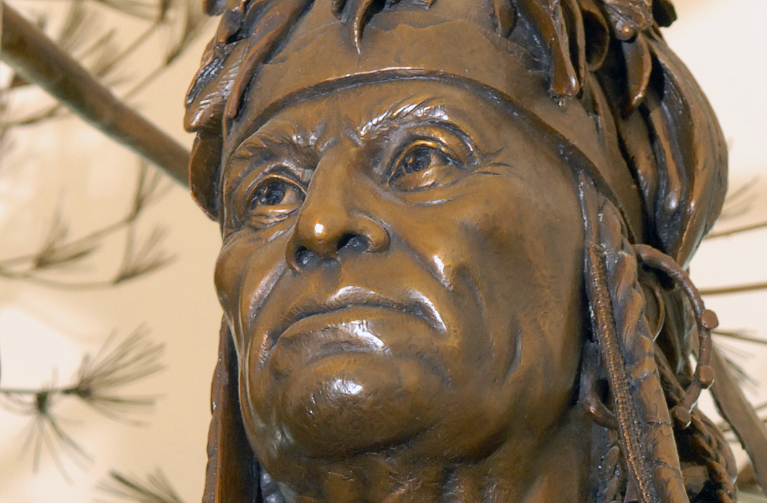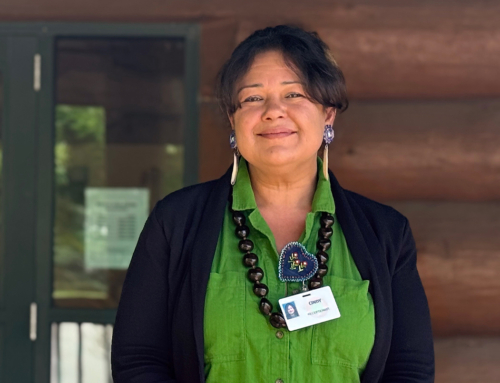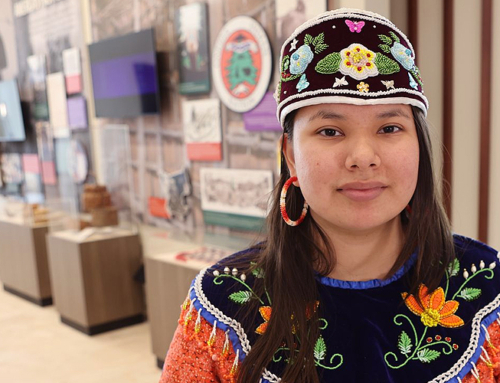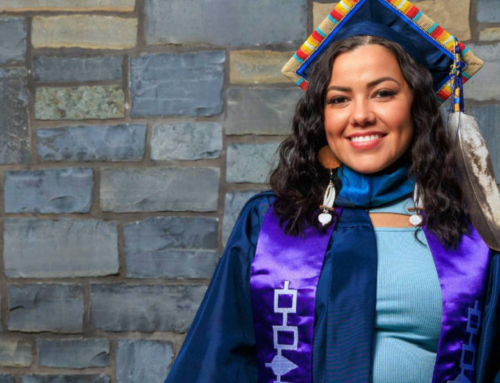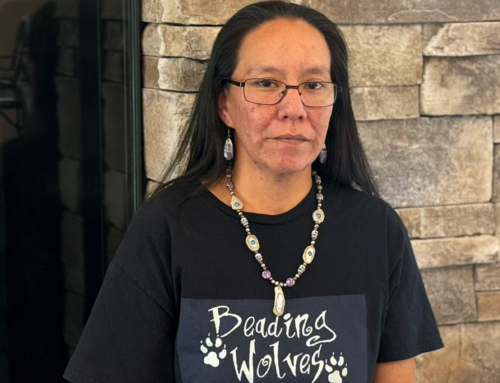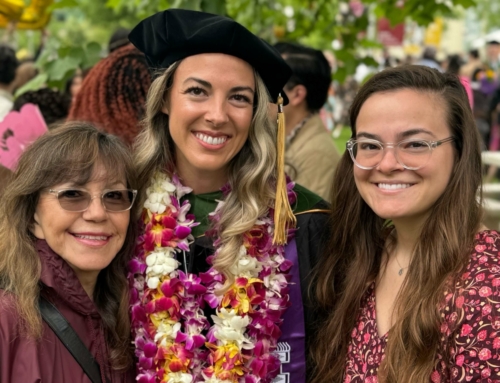Genealogical studies vary on the number of years that constitute a generation. The general consensus appears to allow three generations per century or 33 years for each generation.
So, for instance, if we were to calculate the number of generations from the Revolutionary War era to the early 20th century four generations would be found. Why do we care? Simple.
The following is a brief recounting of the life of the Chief Shenendoah [Skenandoa] as the Daughters of the American Revolution pay homage to him for his service, and the service of the Oneida Indian Nation, to the cause of liberty. The time was 1912. Thus, it is conceivable that the grandparents of some of these women had first-hand knowledge of the Oneidas’ contributions to the war effort.
Except from: The Proceedings of the Twenty-second Continental Congress of the Daughters of the American Revolution Washington, D.C. April 14-19, 1913:
“The General William Floyd Chapter. Daughters of the American Revolution, for the year 1912, placed four bronze markers with tablets at the graves of soldiers of the Revolution. The first to be erected was to pay tribute to Skenandoa, the great chief of the Oneida Indians, whose services to the cause of freedom were very great. This famous chief is buried in the little cemetery connected with the campus of Hamilton College, Clinton, N.Y. On June 20 some 200 or more people were gathered to do honor to this brave man of long ago. In the cemetery the D. A. R. ritual was read. The Chaplain, Mrs. Church, leading the exercises. Then the marker was placed by Mr. Fred Payne, President of the Skenandoa Club of Clinton, N. Y. The flag was set bravely fluttering by Miss Mary Kirkland. A large delegation of school children heaped up flowers about the gravestone. A bunch of pansies sent by Mrs. Catherine Burning [Oneida], a great granddaughter of the great chief, was placed on the top of the stone, then after a prayer by Rev. Mr. White, the company crossed the beautiful campus and held the rest of the exercises comfortably seated in the college chapel. Mrs. Jackson, the Regent Mrs. Oldfield, the Registrar, Mrs. Keller of Little Falls and Mrs. Roberts of Utica, occupied places on the platform. Mrs, Margaret L. Sanford, Chairman of the Marker Committee, then read a brief history of Skenandoa, portions of which are as follows:
He was born in 1706. He was not an Oneida, but was captured, when a small child, in a raid and adopted into the tribe. Being a person of unusual ability, he soon rose to a position of power and influence in the League of the Iroquois. During the French and Indian wars, the tribes of the Long House espoused the side of the English and when the Revolution came, they, most of them, were faithful to their English allies. The Oneidas ….. were friendly to the cause of the Colonists, and it is to Skenandoa, his friend and teacher, Rev. Samuel Kirkland, missionary to the Indians and Judge James Dean, that this one tribe was held to the cause of Liberty. There is no way now of estimating the value of Skenandoa’s services. It is even possible that if he had chosen differently, the Burgoyne campaign would have been successful and British power forever established over all of North America. He was with Gen. Nicholas Herkimer on his march to the Battle of Oriskany. When Sir John Johnson, Walter Butler and Brant, the Mohawk, hung like a pestilence around the armies and settlements on the frontier, Skenandoa with 250 warriors ever kept a watchful eye upon their movements and gave warnings that often saved the Americans from ambush and massacre. After the war was over he continued as the “white man’s friend” and advisor. He lived in peaceful security for the rest of his days at Oneida Castle on the Oneida Reservation, and was visited by many distinguished people, among them Gov. DeWitt Clinton. It was then when old-age had descended upon him and he was blind, that he made his famous speech which has never been surpassed for dignity, pathos and eloquence:
“I am an aged hemlock the winds of a hundred winters have whistled through my branches. I am dead at the top. The generation to which I belong has run away and left me. Why I live the great good spirit only knows. Pray to my Jesus that I may have patience to await my appointed time to die.”
He desired greatly to die and be buried in Clinton, because he wished to cling to the skirts of his teacher [Samuel Kirkland] in the resurrection, but the end came at his home in Oneida Castle in 1816 at the great age of 110 years. His wish was carried out, and he was borne on the shoulders of his faithful Indians to his last resting place in Clinton, beside his earthly father and friend, Rev. Samuel Kirkland. Mrs. Sandford then read some very interesting letters, among them one from former Senator Frederick M. Davenport, and W. Pierrepont White. Rev. Henry White read a poem by Prof. Edward Worth on Skenandoa and Mr. Clinton Scollard, the poet, read a selection from his dramatic poem on Skenandoa. Rev. Mr. Jessup of Boonville followed in a little speech.”
Scollard’s poem on Skenandoa was discussed in The Critic, a weekly review on arts and literature, from the July – December 1896 edition, as follows:
“In “Skenandoa” Mr. Clinton Scollard has found a worthy subject, and one to which the single lyrical measures that he has chosen, are especially suitable. In separate short poems he tells of the compact between Skenandoa, or Death Face, and Singing Arrow; of their race by night to Oriskany, bringing aid to the patriots under Herkimer against the forces of Colonel St. Leger and his Indian allies; of the subsequent burning of his stockade by the British, and his later services to the Revolutionists.”
More than two centuries have passed since the actions recounted above took place. But in the memory of the Oneida, and in too few recollections like the ones above, the deeds of their ancestors live on.


